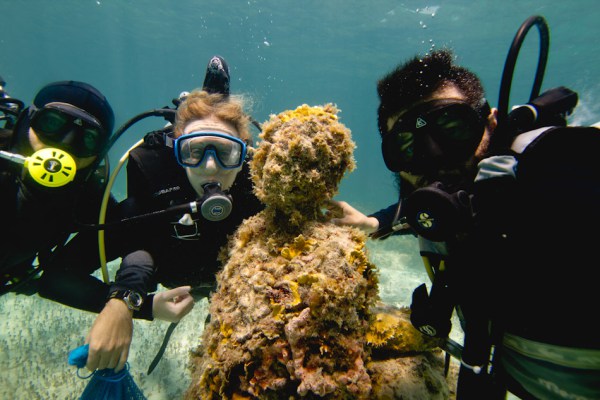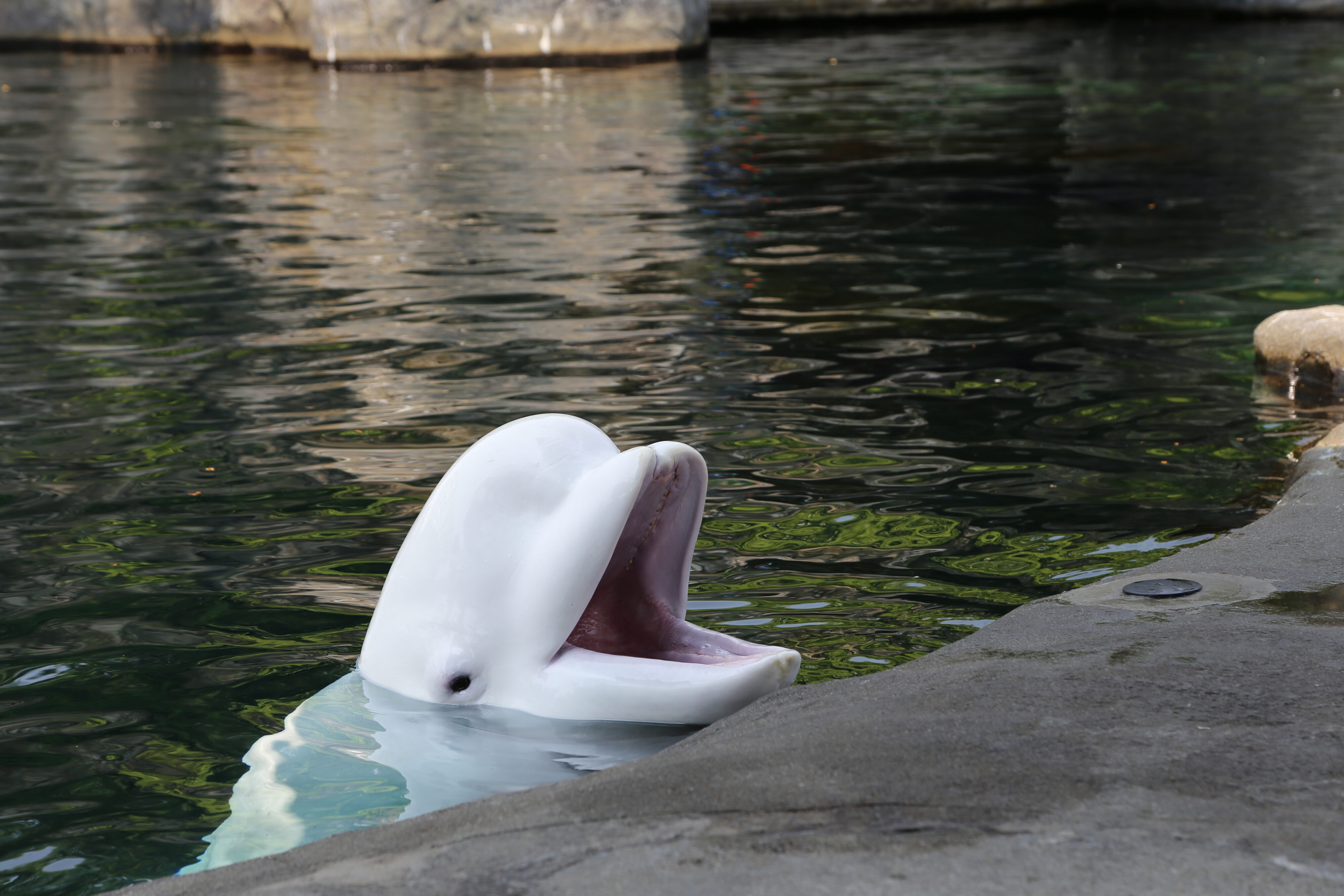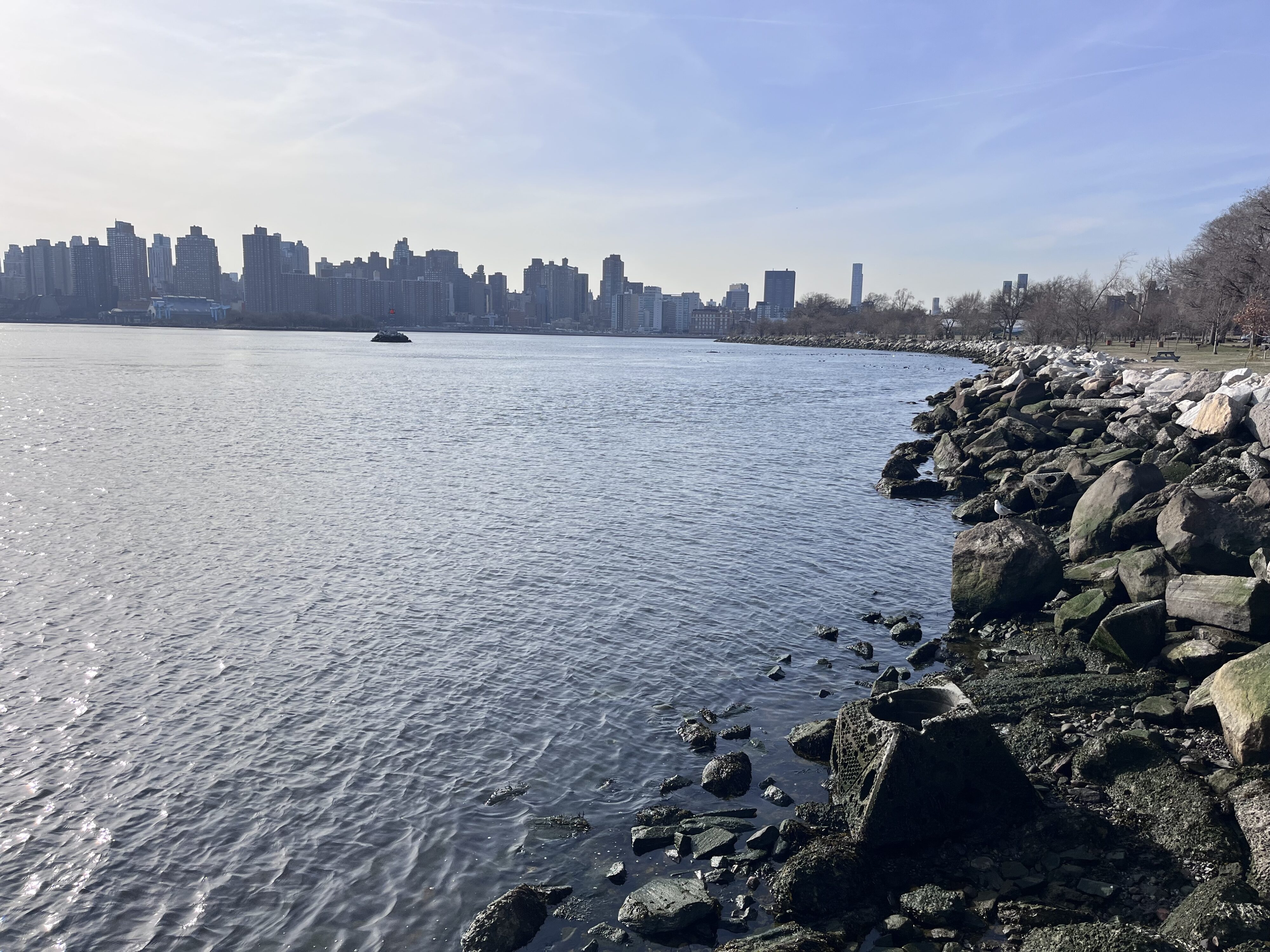(Swanson Chan/Unsplash License)
What will our future sound like? How marine ecologists are confronting ocean sound pollution
What might an untrained ear miss when it submerges itself beneath the ocean waves? There is usually the pan-frying sound of snapping shrimp. Other species are communicating with each other underwater as well, though we humans are only just beginning to detect them and unravel their meaning. Humpback whales communicate with potential mates with low-frequency songs that can be heard from thousands of miles away, marine biologists say.
On the lower end of the hearing spectrum, male Atlantic haddock circle their territory for hours, trying to attract mates using distinctive “knocks.”
These sounds paint a picture of a biodiverse and teeming marine ecosystem. But humans are destroying it.
The issue of sound
Heather Spence, Ph.D., a composer and marine science advisor for the U.S. Department of Energy, has dedicated her life to researching the effects of human-caused noise pollution on marine life. Through sound, she says, a trained specialist can determine the health of a marine ecosystem.
“[The sounds] transport you because you’ve got all of these textures that have layers of sound going on, like the snapping shrimp,” said Spence in a phone call. “But if you listen more, you can hear some subtle sounds from fish and spiny lobsters.”
Through her acoustic monitoring surveys in Cancun, Mexico, Spence found that recreational boaters would overpower or “mask” the animals’ sounds when they were present.

“Just masking can make it so they can’t hear each other or communicate an alarm signal, or they can’t find each other to mate,” Spence said. “So, it can be a pretty major deal.”

Human-produced noise pollution of the ocean goes far beyond recreational boating. There are also the shipping vessels that connect a complex global transoceanic network, which supports 80% of global trade, according to the United Nations.
Experts say vessel noise can be heard for miles. It causes “measurable stress,” and it disrupts the ability of animals to evaluate shelter for safety. Its low frequency makes such noise especially detrimental, falling precisely in the range in which many marine organisms hear and communicate, according to Dave Hudson, Ph.D.
Hudson is the founder of Remote Ecologist, a nonprofit in Connecticut focusing on aquatic system stressors. In January, he conducted a study about the effects of vessel noise and sonar on American lobster and blue crab. These two animals support the livelihoods of thousands of commercial fishermen in New England.
Hudson said that his study showed that boat noise induces stress in blue crabs, reducing their competitiveness for food and causing them to exhibit defensive behaviors.
“So extrapolation of work that we did on these two crustaceans probably tells me a lot about how other crabs in the area would be affected,” said Hudson in a phone call. “Other lobsters would be affected in places like Europe and Australia and others throughout the Caribbean with spiny lobsters.”
Subjecting an animal to boat noise can hurt their ability to survive. A Wildlife Conservation Society study looking at the increased presence of whales in the New York Bay said that sounds could interfere with migration, mating, and prey detection.

Funding a response
The ambient noise level in the oceans has increased by as much as 12 decibels over the last 30 years, according to a source Hudson cited in his paper. Noise control site IACAcoustics says that this increase is the equivalent of someone breathing in a person’s ear.
To address these problems, more research is needed on how noise impacts marine life, as indicated by a plethora of studies, including Hudson’s and Spence’s. Both scientists said that the biggest obstacle is money,
“I do think that the reason why it is or is not in Connecticut is more about funding,” Hudson said. “We’ve thrown around some ideas to try some in situ work in Connecticut, but it just hasn’t been funded yet.”
In 2021, the National Oceanic and Atmospheric Administration compiled a “Ocean Noise Strategy,” doctrine, which pushed for funding of acoustic monitoring and spreading awareness of ocean soundscapes.
Communicating through music
Marine acoustic ecology can seem inaccessible to a normal person because of the time it takes to learn about it. Many marine conservation efforts, such as Connecticut’s “Blue Plan” ignore it altogether. The Blue Plan uses data collected on the Long Island Sound’s natural resources to inform policies on marine planning in that area.
But enticing the public into learning about the field may require more than hard data. That’s where Spence’s unique fusion of music and biology can come in. For example, she composed “Night Fish,” a song made up of reef recordings, string instruments, and percussive elements of whale song.
“I think what’s interesting is that my musical training led me to explore not just the frequency of fish sounds, but also other parameters, like the complexity of the rhythms of the sounds that they made, which resulted in much more interesting analysis,” Spence said.
It’s about making oceanic soundscapes accessible, but we don’t live underwater, and we haven’t evolved the ability to hear the rich diversity of marine sounds. That makes conservation efforts difficult, Spence says.
With Spence’s “Ocean World of Sound 30 Day Challenge” playlist, a person can listen to a recording of the ocean every day for a month and dive into the world of underwater sound.
“One of the best ways to get people to understand is for them to actually experience it themselves,” Spence said. “If you’re noticing things in your own environment that you feel something about, then you can extrapolate that to an ocean environment, which can feel alien.”
This is a good way for people to start empathizing with marine life. But Hudson emphasized the importance of discussing the environmental costs of something as ubiquitous as shipping.
What kind of world do we want?
“You’re throwing things on one side of the world, then putting them in a can, and then bringing them back to the same side,” Hudson said. “That doesn’t make sense. And that produces noise the whole way and uses up resources.”
Spence also weighed in on the issue, emphasizing the importance of reducing the intentional sound of motors, which lose energy in the form of noise.
What is the price of environmental destruction? Human suffering and economic loss, according to Hudson.
But he still has hope. Hudson said that people can “start somewhere small” like volunteering in an academic laboratory or planting grasses in marshes. One person can transform into 10,000 people making a difference in the world. It’s about paying attention to the environment and not giving up.
“We need to start imagining [and asking ourselves] what the future is going to sound like above and under water,” Spence said.
“What do we want our future to sound like and how do we get there?”
This article has been republished with additional photos.
















